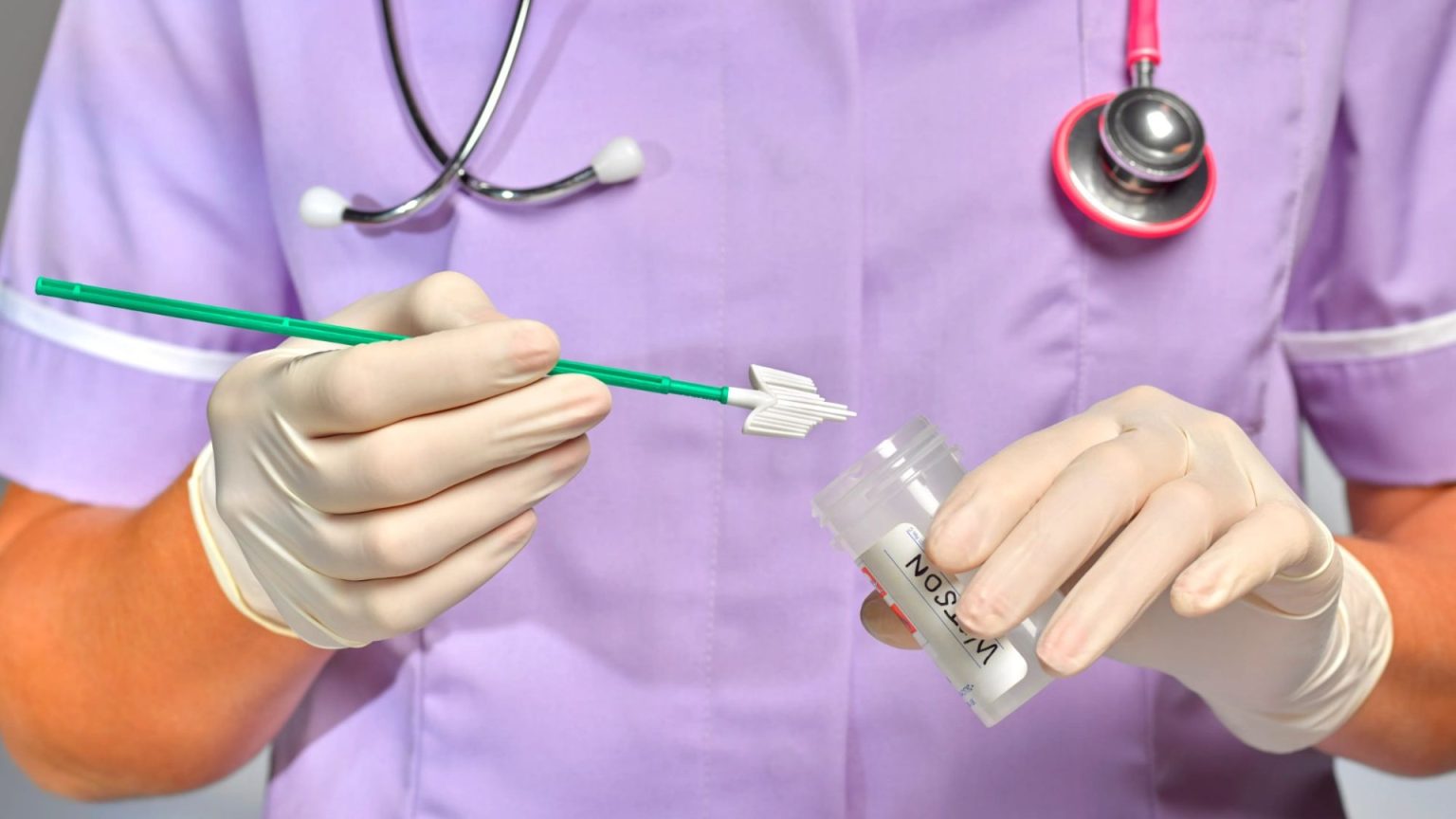Cervical cancer screening, commonly known as a smear test or Pap test, plays a crucial role in preventing cervical cancer and saving thousands of lives annually in the UK. This essential procedure detects abnormal cells in the cervix before they develop into cancer, and also checks for the presence of Human Papillomavirus (HPV), a common virus linked to cervical cancer development. Despite its life-saving potential, many women avoid smear tests due to discomfort or pain, leading to a significant number of missed appointments. However, healthcare professionals emphasize that simple adjustments can be made to minimize discomfort and ensure a more positive experience, ultimately contributing to the early detection and prevention of cervical cancer.
A key factor hindering women from attending cervical screenings is the misconception that discomfort is unavoidable. A survey conducted by The Eve Appeal revealed a concerning lack of awareness among women regarding the options available to make the procedure more comfortable. Many are unaware they can request a smaller speculum, book a double appointment for extra time, have a companion present for support, or even try a different position, such as the left lateral position. These options offer greater control and can significantly reduce anxiety and discomfort. Experts encourage open communication between patients and healthcare providers to address concerns and tailor the procedure to individual needs.
The ability to stop the procedure at any point is a crucial element of patient empowerment that remains largely unknown. The Eve Appeal survey highlighted that over half of the respondents were unaware of this right. This knowledge gap further reinforces the need for increased communication and education surrounding cervical screening procedures. Healthcare professionals are urged to proactively inform patients of their options and encourage them to voice any concerns or requests they may have. By fostering a supportive and understanding environment, healthcare providers can empower women to take control of their health and participate in this vital cancer prevention measure.
Beyond physical discomfort, other barriers such as embarrassment, time constraints, and difficulty scheduling appointments contribute to missed screenings. Addressing these concerns requires a multi-faceted approach, including public awareness campaigns that destigmatize the procedure, flexible appointment scheduling options, and readily available information about the importance of cervical screening. Emphasizing the life-saving potential of early detection can motivate women to prioritize their health and overcome these obstacles. By highlighting the preventative nature of the test and the straightforward adjustments that can enhance comfort, healthcare systems can empower women to actively participate in their own well-being.
The ultimate goal of cervical cancer prevention programs is to eliminate the disease entirely. Achieving this ambitious goal requires a concerted effort to increase screening participation rates and HPV vaccination uptake. Experts believe that by empowering women with knowledge and control over their screening experience, coupled with increased access to HPV vaccination, significant strides can be made towards eradicating cervical cancer. Early detection through regular screening remains the most effective tool in preventing cervical cancer, and by addressing the barriers that prevent women from attending these crucial appointments, a future free from this devastating disease can become a reality.
In addition to attending regular screenings, understanding the symptoms of cervical cancer is vital for early diagnosis. While symptoms may not always be apparent in the early stages, recognizing potential warning signs can lead to prompt medical attention and improved outcomes. Unusual bleeding, especially after sex, between periods, or after menopause, as well as pain or discomfort during intercourse, should be investigated. Changes in vaginal discharge, including unusual odor, and pain in the lower back, between the hip bones, or lower abdomen, can also be indicative of cervical cancer. Being vigilant about these symptoms and seeking medical advice promptly can significantly improve the chances of early detection and successful treatment.




